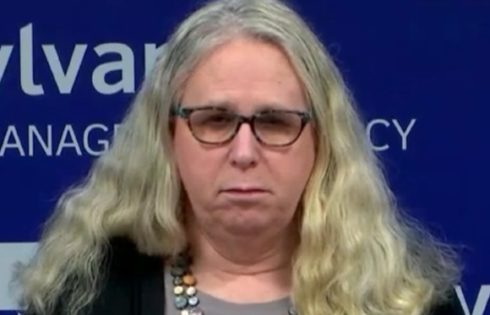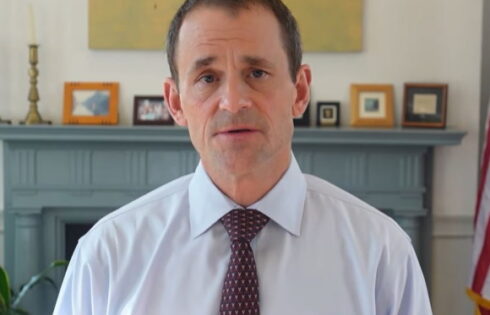Homeschooling families are familiar with the antagonism and hostility that local governments often direct at them. But why does that hostility exist in the first place? Why do so many politicians dislike homeschoolers?
According to J.D. Tuccille at Reason, it’s because (a) homeschooling is growing in popularity, and (b) homeschooled students are, on average, better-educated than institutionally schooled ones. As Tuccille puts it: “Government officials see threat where parents and children find promise.”
As Tuccille points out, homeschooling has grown from a niche, fringe undertaking to an increasingly popular one. It has also grown beyond its historically religious roots to encompass secular students as well: More and more parents are homeschooling their children for non-religious reasons.
“Only 16 percent of survey respondents now say they started homeschooling to provide religious instruction, says the [National Center for Education Statistics], while 34 percent report ‘concern about the school environment, such as safety, drugs, or negative peer pressure,’ and others cited ‘dissatisfaction with academic instruction’,” Tuccille writes.
In addition to its growing and increasingly diverse population, the homeschool community consistently sees better academic results for its students. “In 2014, SAT ‘test scores of college-bound homeschool students were higher than the national average of all college-bound seniors that same year’,” Tuccille writes, using data drawn from the National Home Education Research Institute.
These factors are leading to a crackdown on homeschooling in some states, Tuccille says:
In states including Iowa, Michigan, Oklahoma, and Virginia, lawmakers and opponents of DIY education are calling for tighter restrictions and more-intrusive regulation of homeschooling families by government. In each instance, officials point to instances of abuse by adults who fail to educate the children under they charge or who, more horrifically, claim to be “homeschooling” children they’re actually subjecting to abuse. The crimes are real, but isolated.
Iowa Rep. Art Staed (D-Cedar Rapids) calls out the starvation deaths of Natalie Finn and Sabrina Ray on his way to arguing for his bill that “requires the parent or guardian to submit a report annually to the school district of residence. Children will also receive visits by the school district.” But these incidents, with their specific names, draw headlines precisely because they’re so rare and noteworthy.
By contrast, the institutions that Rep. Staed and his colleagues want to set over parents are awash in victims whose names are lost in the overwhelming numbers.
“In 2016, students ages 12-18 experienced 749,400 victimizations (theft and nonfatal violent victimization) at school and 601,300 victimizations away from school,” notes the Bureau of Justice Statistics in its latest report. “The total victimization rates were 29 victimizations per 1,000 students at school and 24 per 1,000 students away from school.”
“Nearly 9.6 percent of students are targets of educator sexual misconduct sometime during their school career,” cautions a 2004 report prepared for the U.S. Department of Education.
“Not that homeschoolers have the time or inclination, but they have more standing to claim the right to oversee the floundering public schools. Instead of seeking to crush the competition, public officials should learn from it,” Tuccille writes.
Like The College Fix on Facebook / Follow us on Twitter




Add to the Discussion